Subtotal: ₹50.00
Heena Seeds Mehendi Seeds Lawsonia inermis pack of 50 seeds
₹60.00
In stock
SKU: HeenaSeeds
Category: Herbs Seeds
How to Grow Henna from Seeds
Heena Seeds, a natural dye plant, grows well in warm climates. It thrives in well-drained soil and needs plenty of sunlight. Growing henna from seeds requires patience, but the process is simple. Follow these steps to cultivate a healthy henna plant.
How fast does a henna plant grow?
Henna, lawsonia inermis, is a small desert tree, but you can grow it as a houseplant. You can grow it outdoors if temperatures never drop below 50F or 11 C. If it is indoors, keep it in the sunniest place possible, and plan on it getting about 8 ' tall in five years.
What is the lifespan of a henna plant?
Henna (Lawsonia inermis L.) is a perennial plant esteemed for its diverse applications across cosmetic, medicinal, and industrial domains, with a productive lifespan extending up to 25 years
Is henna plant good for home?
Mehendi Plant Is Not A Good Indoor Plant As Per Vastu They purify the air in the surroundings and add peace, goodness and value. The Vastu Shastra principles believe in plants that bring happiness and optimism. That's the reason we must not keep Mehendi plants at home.
| Number of seeds | 40-50 seeds |
|---|---|
| Sowing Month | Feb To Oct |
| Blooming months | April to Jan |
| Temperature | Day time above 25C |
| Sun | Partial |
Choosing the Right Seeds
First, select high-quality henna seeds from a trusted source. Fresh seeds have a higher germination rate. Check that the seeds are free from damage or mold. Healthy seeds ensure better growth and stronger plants. Morning glory yellow can be a good companion
Preparing the Soil
Next, choose a sunny location with well-drained soil. Henna prefers sandy or loamy soil. If the soil is heavy, mix in some sand to improve drainage. Good soil preparation helps the seeds sprout successfully.
Planting the Seeds
Soak the seeds in warm water for 12 to 24 hours next. This softens the seed coat and promotes germination. Plant the seeds half an inch deep in the soil after soaking. Provide a small space between each seed to allow for proper root growth.
Heena Seeds Watering and Care
After planting, water the soil gently. Keep the soil moist but not soggy. Overwatering can cause root rot. Watering in the morning helps prevent fungal growth. As the plant grows, reduce watering slightly to avoid excess moisture.
Providing Sunlight and Warmth
Henna plants require an abundance of light. Select a location where the plant receives at least six hours of direct sunlight each day. When indoors, put the pot near a sunny window. For colder climates, utilize a heat mat to maintain warm soil.
Germination and Growth
Germination usually takes two to three weeks. Once the seedlings appear, thin them out if necessary. This step gives the strongest plants enough space to grow. As the plant matures, provide occasional compost to boost growth.
Pruning and Maintenance
When the plant is around a foot tall, begin pruning. Pruning on a regular basis will promote bushy growth. Cut off dead leaves and weak branches to maintain the health of the plant. Pruning also aids in improved leaf production.
Harvesting the Leaves
Henna leaves are harvestable when the plant is one year old. Harvest the mature leaves and dry them in the shade. After drying, grind them into powder to be used as a natural dye.
Conclusion
Growing henna from seeds is a time-consuming process, but the reward is well worth it. With proper care, you can enjoy fresh henna leaves for natural dyeing. Follow these steps, and soon you will have a thriving henna plant in your garden.
| Color | Green |
|---|---|
| Germination Level | Easy |
| Growth Pattern | Up right Straight |
| Hybrid or Open Pollinated | Op |
| Ideal location | Partial Sun |
| Origin Country | India |
| Height | 6 to 25 feet |
| Idea Pot Size | 18-22 inches |
| Spacing between plants | 4 to 5 feet |
Be the first to review “Heena Seeds Mehendi Seeds Lawsonia inermis pack of 50 seeds” Cancel reply
You must be logged in to post a review.

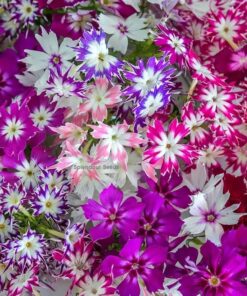 Phlox Twinkle Star Seeds flower Hybrid seeds pack of 40-50 seeds Open Pollinated
Phlox Twinkle Star Seeds flower Hybrid seeds pack of 40-50 seeds Open Pollinated 
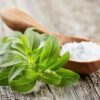
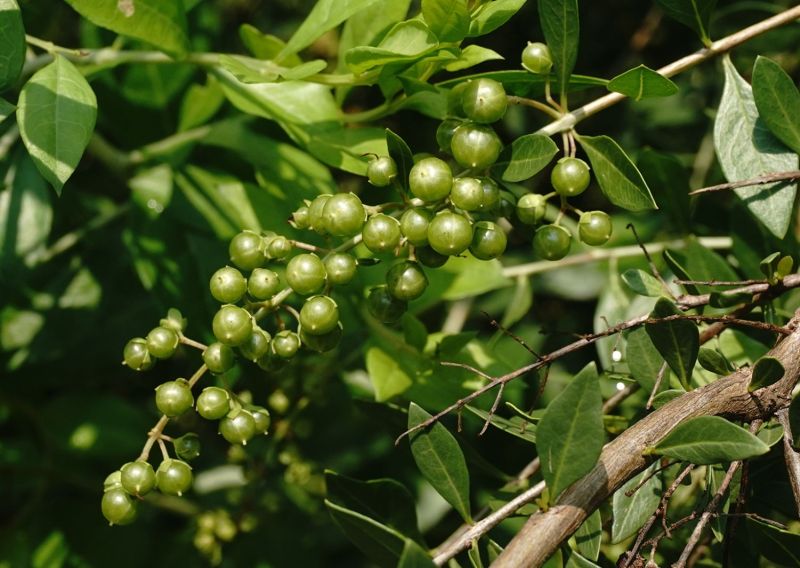
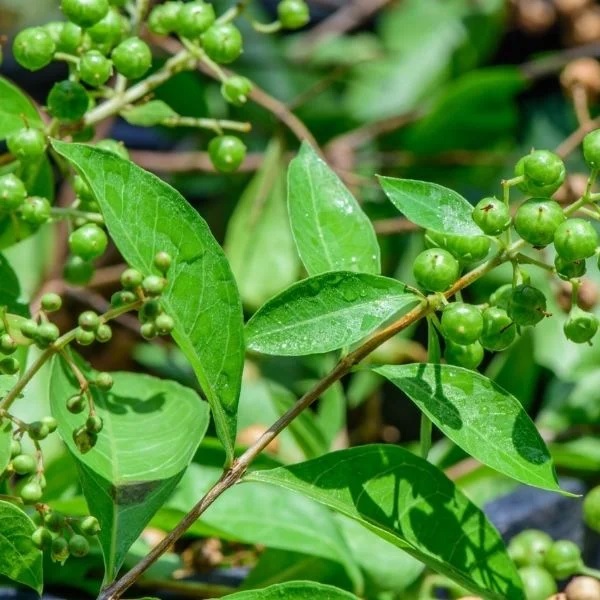
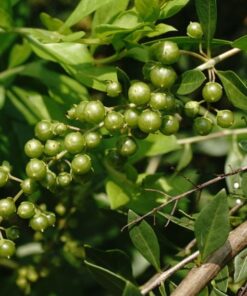
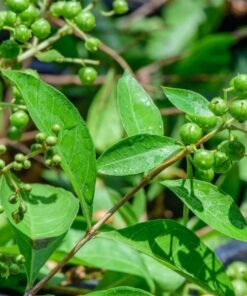
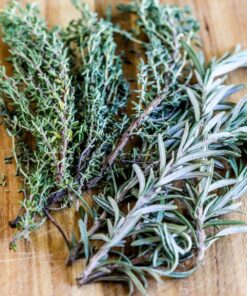

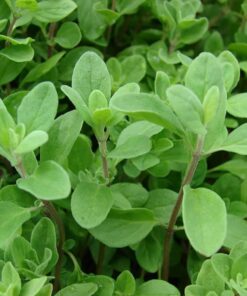
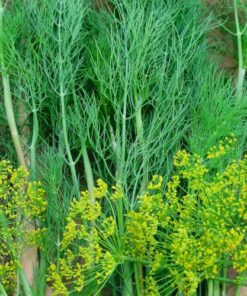
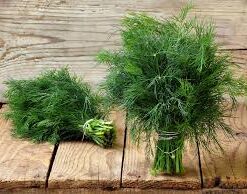
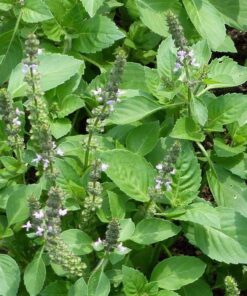
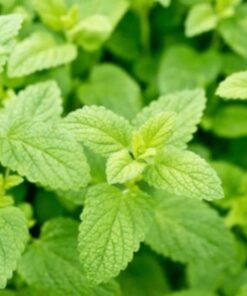
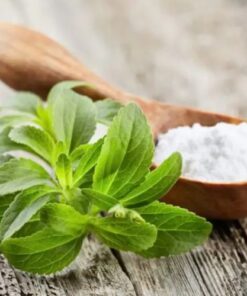
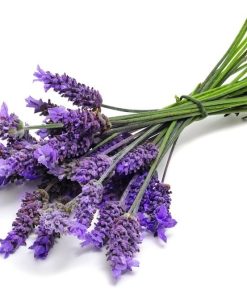
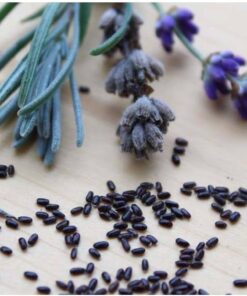
Reviews
There are no reviews yet.